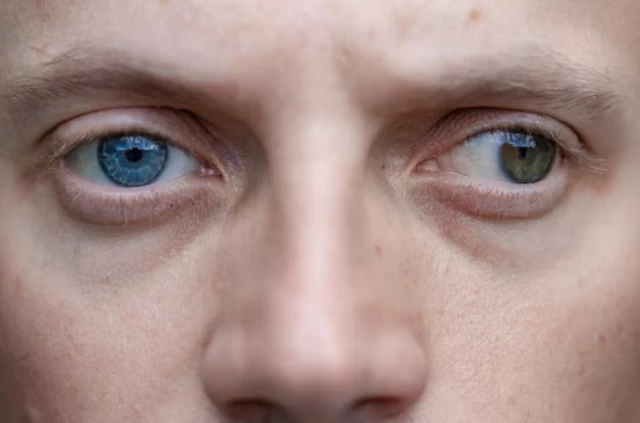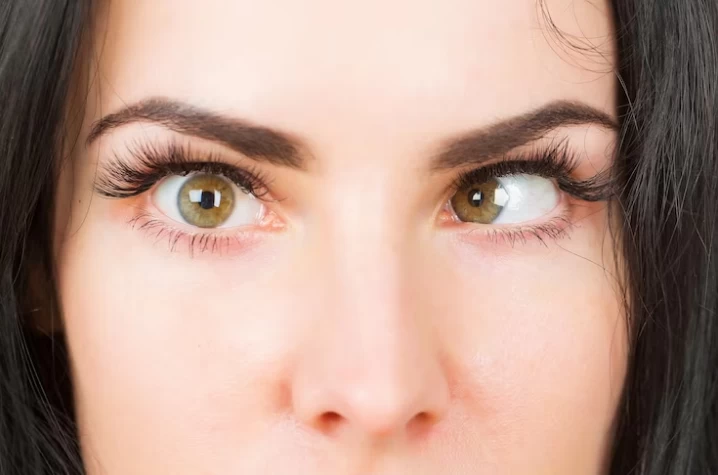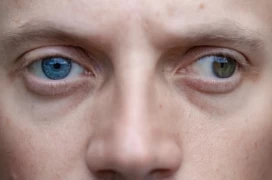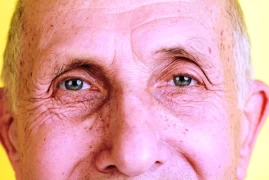
Strabismus: Perspective of an Ophthalmologist
- Strabismus: Perspective of an Ophthalmologist
- What is Strabismus?
- Factors Leading to Strabismus:
- Symptoms of Strabismus:
- Diagnosis of Strabismus:
- Treatment Methods for Strabismus:
- Conclusion:
Eye health is a crucial factor determining the quality of life. In this context, eye conditions such as strabismus affect individuals' visual functions, negatively impacting their daily lives. Strabismus refers to a misalignment of the eyes, often involving one or both eyes looking in different directions. This condition can affect individuals of all ages, from childhood to adulthood.
What is Strabismus?
Strabismus is an eye condition indicating a misalignment of the eyes. In a healthy eye, the focal point remains aligned, allowing both eyes to work together to create a single clear image. However, in strabismus, one or both eyes deviate from the normal alignment and look in different directions. This can result from a coordination issue in eye muscles or problems in the nervous system.
Strabismus typically begins in childhood but can occur at any age. Symptoms such as double vision (diplopia) may arise due to the improper alignment of the eyes. The severity of strabismus varies, with some individuals having subtle misalignment while others exhibit more noticeable deviations.
Factors Leading to Strabismus:
Several factors contribute to the development of strabismus, including:
- Genetic Factors: Individuals with a family history of strabismus are at an increased risk due to genetic predisposition.
- Congenital Anatomic Abnormalities: Congenital abnormalities in eye muscles, neural connections, or other eye structures can contribute to strabismus.
- Premature Birth and Low Birth Weight: Premature or low birth weight babies may have underdeveloped eye muscles and a higher risk of strabismus.
- Eye Injuries: Injuries affecting eye muscles or nerves can lead to strabismus.
- Neurological Disorders: Problems in the brain or nervous system can result in difficulty controlling eye movements, leading to strabismus.
- Eye Disorders: Conditions like astigmatism, hyperopia (farsightedness), or myopia (nearsightedness) can cause strabismus by affecting the eyes' focusing ability.
- Neuromuscular Diseases: Neuromuscular conditions like myasthenia gravis can influence eye muscles, leading to strabismus.
- Diabetes: Diabetes can affect eye nerves and increase the risk of strabismus.
- Intraocular Tumors: Tumors within the eye can impact eye muscles or nerves, causing strabismus.
- Stress or Eye Fatigue: Prolonged eye fatigue, stress, or inadequate rest can contribute to weakened eye muscles and strabismus.

Symptoms of Strabismus:
Since strabismus involves a misalignment of the eyes, symptoms typically manifest as abnormalities in eye position and vision-related issues. Common symptoms include:
- Double Vision (Diplopia): The most prevalent symptom occurs when one eye deviates while the other maintains its normal position, causing the individual to see the same object in two different locations.
- Eyes Looking in Different Directions: In strabismus, one or both eyes may not align properly, causing them to point in different directions.
- Headaches: Inconsistent eye coordination and double vision can lead to headaches.
- Eye Fatigue and Asthenopia: Strabismus requires constant effort from eye muscles, leading to eye fatigue and asthenopia (visual difficulties due to eye fatigue).
- Dizziness and Nausea: Especially in children, strabismus-induced double vision can result in dizziness and nausea.
- Intermittent Presentation: Strabismus may initially appear intermittently, triggered by specific situations or fatigue, eventually becoming constant.
- Closing of One Eye: In children, strabismus may manifest as the constant closure of one eye.
Symptoms vary from person to person, and strabismus is often detected during childhood.
Diagnosis of Strabismus:
Common methods for diagnosing strabismus include:
- Eye Examination: An ophthalmologist conducts a comprehensive eye examination to assess general eye health, examining eye muscles, visual acuity, eye movements, and overall eye structure to evaluate strabismus symptoms.
- Cover Test: This test involves sequentially covering each eye to determine the presence and degree of strabismus.
- Evaluation of Eye Movements: Observing eye movements helps assess coordination between both eyes, which is often disrupted in strabismus.
- Reflex Tests: Reflex tests, including responses to light and convergence, aid in identifying the causes of strabismus and evaluating muscle function.
In some cases, advanced imaging techniques such as eye laser procedures may be employed, especially when considering eye surgery.
Treatment Methods for Strabismus:
Strabismus is treatable, with the chosen method depending on factors such as the patient's age, the severity of strabismus, and its underlying causes. Treatment options include:
- Glasses or Contact Lenses: Correcting refractive errors with glasses or lenses can alleviate strabismus caused by differences in eye refraction.
- Eye Patching (Pleoptic Treatment): Patching one eye to strengthen the other is aimed at correcting the underlying cause of strabismus and strengthening eye muscles.
- Eye Exercises: Specialized eye exercises designed to strengthen muscles and improve coordination can be part of strabismus treatment, although their effectiveness lacks unanimous scientific consensus.
- Botox Injections: Botulinum toxin (Botox) may be used to temporarily paralyze eye muscles and correct strabismus. However, its effects are temporary, requiring repeated injections.
- Eye Surgery: Depending on the cause, eye surgery may be an option. Surgical interventions aim to alter the length or position of eye muscles to correct strabismus.
- Orthoptic Treatment: Orthoptic treatment focuses on correcting eye movements and visual functions through specialized exercises to strengthen muscles and enhance coordination.
- Change in Glasses or Contact Lenses: In some cases, selecting appropriate glasses or contact lenses can correct or alleviate strabismus.
Treatment is individualized, often involving a combination of methods.
Conclusion:
Strabismus significantly affects eye health and should be accurately assessed by a specialist ophthalmologist. Early diagnosis and appropriate treatment can successfully manage many cases of strabismus. Therefore, if you have any concerns about your eye health, it is essential to consult an ophthalmologist for a detailed examination.

Op. Dr. Murat Ayan
Ophthalmologist





